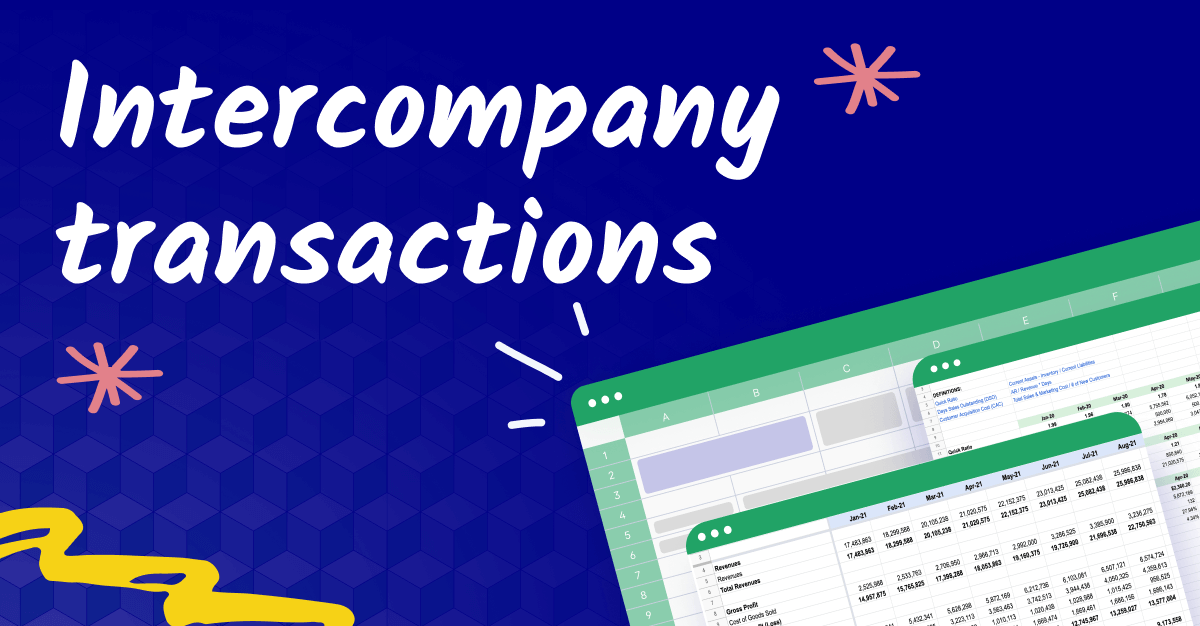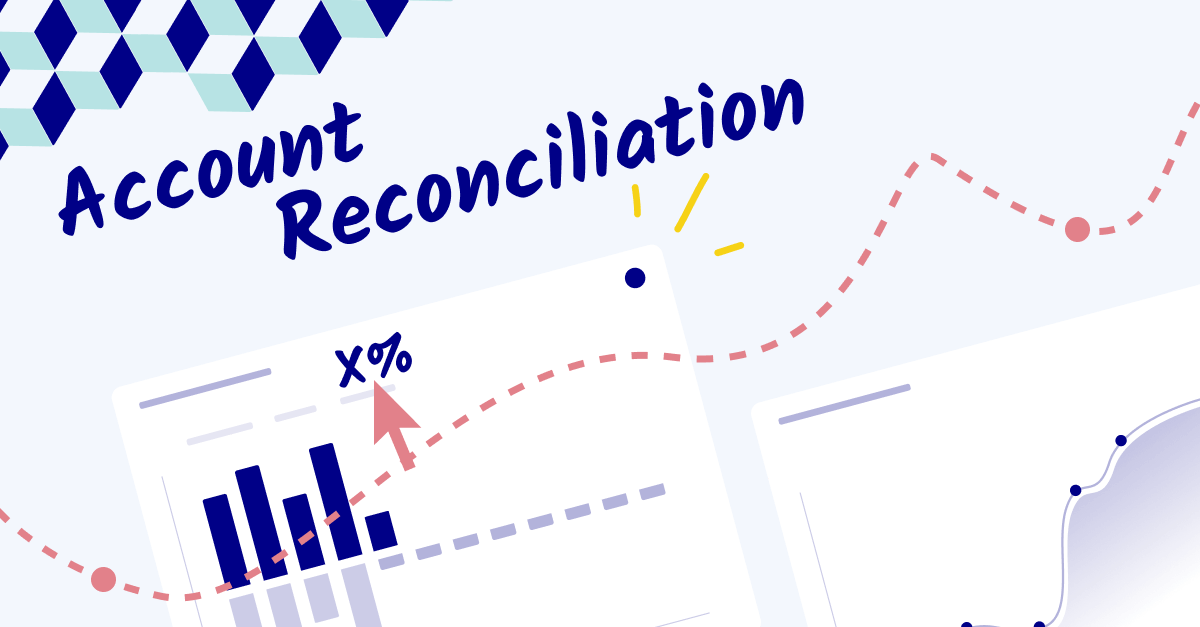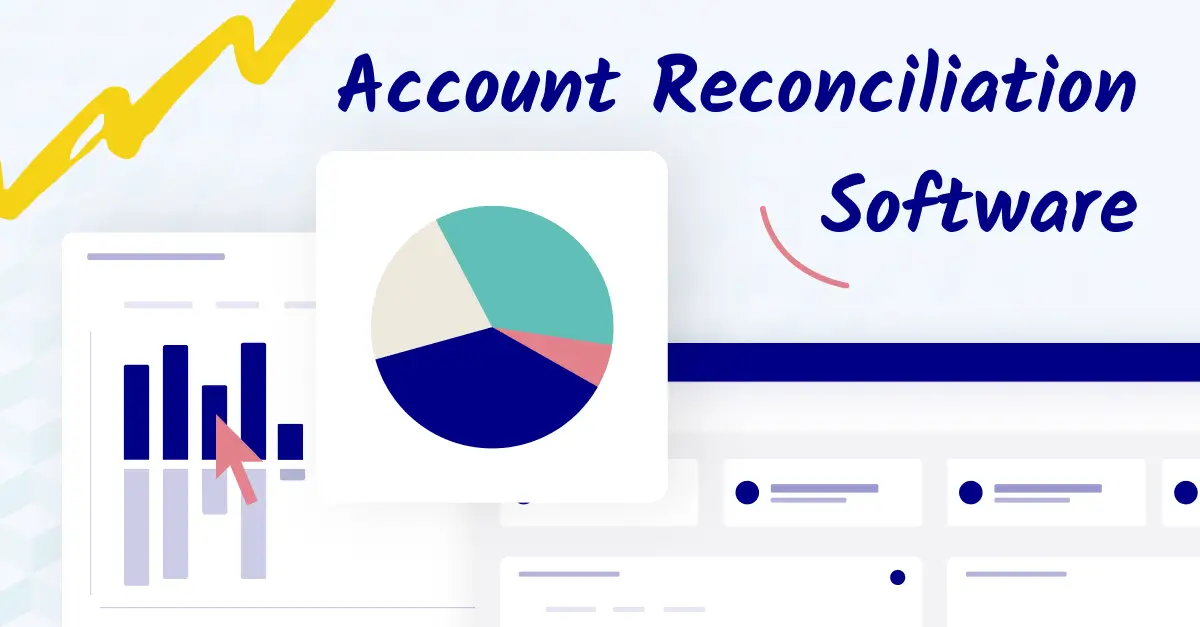What is intercompany accounting?
Maintaining accurate accounting and reporting for one company is a team lift.
But what do you do if you're responsible for reporting on the financial activity and health of multiple companies?
You have to do intercompany accounting.
Intercompany accounting is an integral part of the financial success of every entity within your group. It ensures all internal transactions are tracked and accurately represented within your financials.
It is a requirement for reporting to outside stakeholders, and it can help you better understand your financial position and make informed decisions about budgets and resource allocation.
Intercompany accounting is a tracking method used to record transactions between two related companies, such as a parent company and subsidiary, or two legal entities owned by the same parent company.
Companies use journal entries to accurately record transactions such as payments, loans, or sales and purchases. Intercompany accounting also records equity transactions.
What is a journal entry?
To record financial transactions, accounting uses journal entries.
A journal entry is a record of financial transactions used to track the movement of funds in an organization.
It includes details about the date, amount, type of transaction, and account involved in each transaction.
What are intercompany transactions?
Intercompany transactions are transactions between two entities under common ownership.
These transactions may be monetary, such as a payment from one company to another, or non-monetary, such as the transfer of goods or services.
Intercompany transactions occur when one business entity needs resources owned by a different entity in the same group.
Examples of intercompany transactions include transferring resources and capital between subsidiaries, selling goods or services from one subsidiary to another, loan transfers, and payments from parent companies to their subsidiaries.
What types of activities might occur between a parent company and subsidiaries?
Companies within a group engage in intercompany transactions to efficiently leverage the whole's assets, cash, and resources.
There are many common transactions between companies used to achieve these goals:
Debt: The movement of money from one company to another, such as a loan or as part of an acquisition.
Asset Transfers: The transfer of inventory, supplies, or equipment from one company to another.
Personnel Moves: When personnel shifts (temporarily or permanently) from one company within the same group structure to another for them to carry out their duties more efficiently.
Dividends: Funds distributed by a parent company to its subsidiary companies as part of their intercompany profit-sharing agreement.
Cost Allocations: Costs from the parent company are divided among its subsidiaries.
Royalties: Payments made from one entity to another in exchange for using intellectual property (IP) rights like patents, trademarks, copyrights, or trade secrets.
What is an example of an intercompany transaction?
For example, a food service company owns a food truck operation and a chain of restaurants as separate businesses. Those businesses may need to perform transactions to move money or supplies between the two companies.
Intercompany accounting allows those transactions to be correctly recorded within the financial statements.
Suppose the parent company needs to transfer an order of ingredients from the restaurant to one of its food truck units. In that case, it can record that asset's movement out of the restaurant entity and into the food truck entity.
If the food truck entity pays for the ingredients’ value by transferring money to the restaurant, it records the cash movement out of the business.
What types of intercompany transactions should companies record?
Any activity between entities—a sale, transfer, or loan—must be recorded in the accounting system.
These transactions fall under three categories: downstream, upstream, and lateral.
Downstream transactions
Activity that flows from the parent company to the subsidiary company.
For example, a subsidiary requires a loan to acquire inventory and supplies. Rather than conduct an external transaction with the bank, the subsidiary can take a loan from its parents.
The parent company funds the transaction and records it in the P&L. Later, the subsidiary will record the loan payments flowing back to the parent.
Upstream transactions
Activities that flow from a subsidiary to the parent company.
For example, a parent company needs specific equipment to continue operations. The subsidiary has one of these available, so they ship it over to the manufacturing department Of the parent company.
The subsidiary then records the movement of equipment on its profit and loss statement to show an asset flowing out of its box.
Lateral transactions
Transactions between two subsidiaries of the same parent company.
For example, a parent company has two subsidiaries under its control. The subsidiary companies operate similar businesses with overlapping inventory and packaging for different markets.
Company A has a supply chain issue and needs extra packaging to get shipments out on time. It gets a bundle of packaging from Company B to meet the demand. Company B records the movement of assets to company A.
Why is intercompany accounting important?
Correctly recording purchases and sales between companies is the key to accurate, transparent financial reports.
Recording activity between companies is essential as transactions can only be considered a profit when they involve an outside (third party) entity.
The movement of assets within companies is equally essential to external transactions but is recorded differently.
Regarding intercompany transactions, it’s essential to know who records each element of the transaction (for instance, the associated liability and asset classification of a loan from a parent to a subsidiary) and how it is reflected on your financial statements.
Common questions on intercompany transactions, account reconciliation, and financial consolidation
When recording and reporting on intercompany activity, there are some key things to know about the process.
Here are some common questions you may have when creating journal entries and combining financial reports for multiple entities:
How do you record intercompany transactions?
Recording accurate intercompany transactions makes the consolidation process easier and cleaner.
Just as with the asset and liability calculations in single-entity accounting, record movement across companies.
For instance, if the parent company issues a loan to a subsidiary, the parent records the transfer as a liability and the subsequent installment payments as an asset. The subsidiary records the proceeds as an asset and the repayments as a liability.
What is consolidated financial reporting?
When a company has control of subsidiaries, the parent company must report financial activity for itself and the other entities within the group.
This process is called consolidated financial reporting. This set of documents combines all the financial transactions across the group from the general ledger (GL) and other financial reports into a chart of accounts.
From there, the parent company creates a unified balance sheet, income statement, and cash flow statement that represents the financial activity of all entities within the group for the designated time period.
Why must companies create consolidated financial statements?
Financial statements are essential for informing investors and financial stakeholders about the company's health.
When a company has control of subsidiaries, these reports must be transparent about the complete financial picture.
Accurate financial statements give interested parties a complete view of the financial operations of both the parent company and the subsidiaries it controls.
For instance, a parent company that doesn’t report consolidated financials may obscure problems with cash flow by using funds from a subsidiary to bolster its financial position.
Conversely, a parent company may prop up the financial outlook of a subsidiary through loans or asset transfers.
While this activity is often necessary, the financial narrative should offer investors and stakeholders a clear view of the companies’ individual and combined financial performance.
Steps in creating consolidated financial statements
A parent company should follow these general principles when building consolidated financial reports.
Identify your group members: Determine the relationship between your entities. Generally, any entity in which the parent company owns a 51% stake should be reported as a subsidiary.
Align the reporting range: Ensure your reporting periods match up. Some entities may run on a separate schedule pre-acquisition. The report must compensate for any differences in the reporting periods.
Build your reports: Use Excel to create your three-statement financials in separate workbook tabs. Pull in the totals from each entity. Be careful to label data to ensure accuracy. When all data has been pulled into the workbook, build a single view set of financial statements that accurately reflects the sums calculated.
Conduct intercompany eliminations: Remove debt, revenue, expense, and stock transactions between entities. Determining eliminations requires care, as these transactions may slip through the cracks.
Where does account reconciliation fit into intercompany accounting?
Because you have many different financial statements and accounts, you have more sources of truth to keep correct.
Account reconciliation becomes a necessary step in your accounting process to ensure consistency, correctness, and coordination across your financial statements and charts of accounts.
Account reconciliation software is a common fix for companies that need to perform intercompany transactions.
Conclusion
Organizations can use intercompany transactions to best use their resources and assets.
Intercompany accounting can spur growth, mitigate the effect of downturns or shifts in the market, and grant advantages that help the entities achieve their business goals.
Reporting these transactions is a matter of good business practice. It also gives organizations the most accurate view of their financial position to make better decisions and improve outcomes.
Now you know the essentials of building solid and accurate intercompany reports...
...Want to make the process easier?
Let Cube help with powerful FP&A features delivered within the spreadsheets your team already loves.



.png)






![14+ of the best financial consolidation tools [2025]](https://www.cubesoftware.com/hubfs/Blog%20image%20%2891%29.png)

